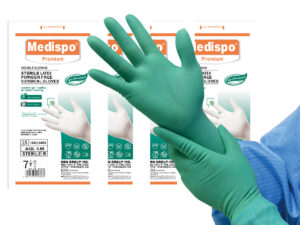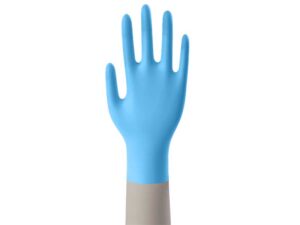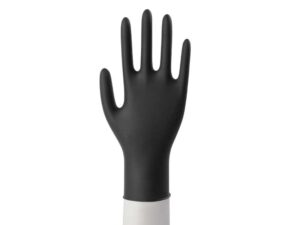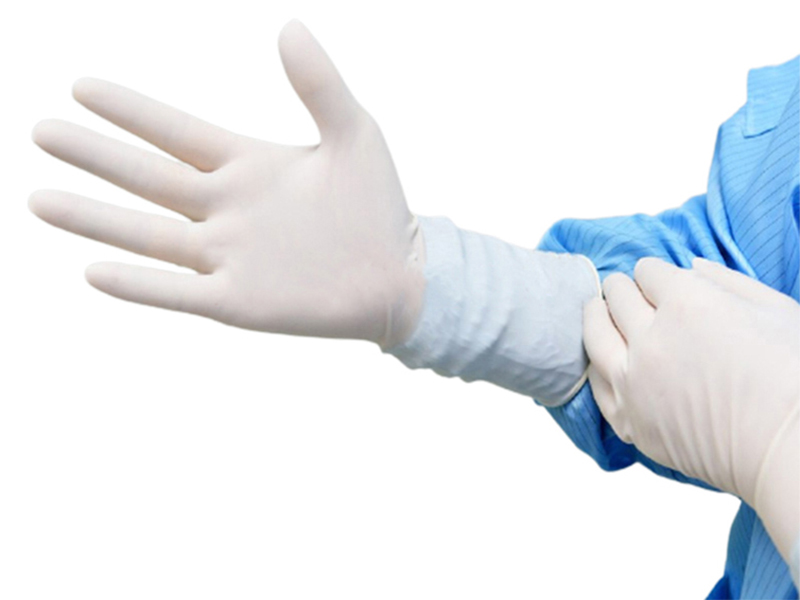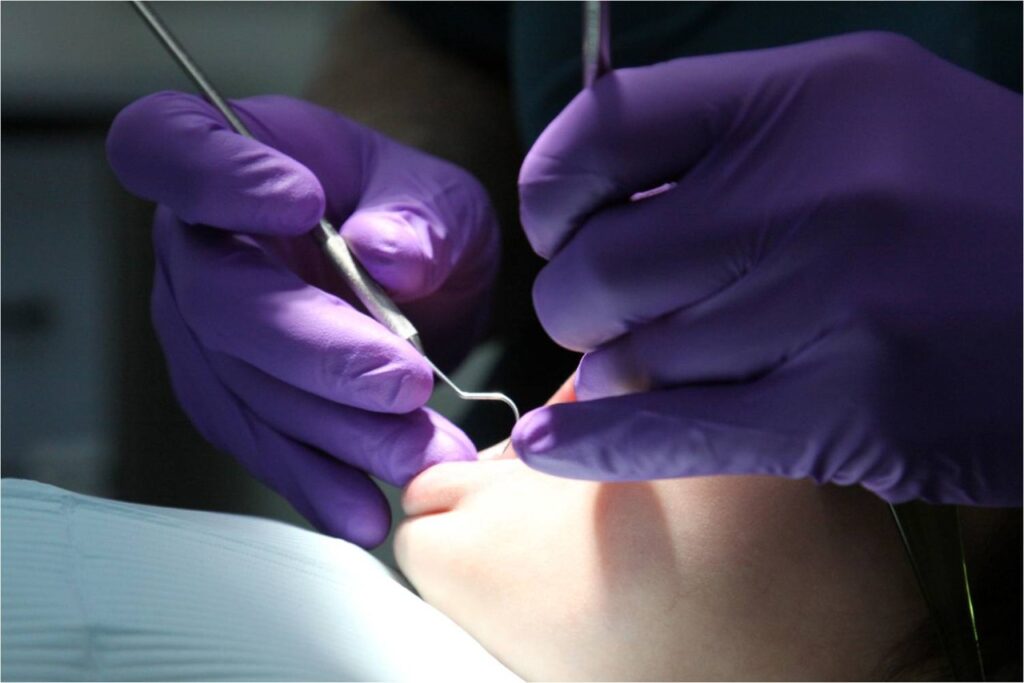
Medical gloves are disposable gloves used during medical examinations and procedures to help prevent cross-contamination between caregivers and patients.Medical gloves are made of different polymers including latex, nitrile rubber, polyvinyl chloride and neoprene; they come unpowdered, or powdered with corn starch to lubricate the gloves, making them easier to put on the hands.
Corn starch replaced tissue-irritating lycopodium powder and talc, but even corn starch can impede healing if it gets into tissues (as during surgery). As such, unpowdered gloves are used more often during surgery and other sensitive procedures. Special manufacturing processes are used to compensate for the lack of powder.
There are two main types of medical gloves: examination and surgical. Surgical gloves have more precise sizing with a better precision and sensitivity and are made to a higher standard. Examination gloves are available as either sterile or non-sterile, while surgical gloves are generally sterile.
Besides medicine, medical gloves are widely used in chemical and biochemical laboratories. Medical gloves offer some basic protection against corrosives and surface contamination. However, they are easily penetrated by solvents and various hazardous chemicals, and should not be used for dishwashing or otherwise when the task involves immersion of the gloved hand in the solvent.
Medical gloves are recommended to be worn for two main reasons:
- To reduce the risk of contamination of health-care workers hands with blood and other body fluids.
- To reduce the risk of germ dissemination to the environment and of transmission from the health-care worker to the patient and vice versa, as well as from one patient to another. For more information, please send email to emily@surgicalgloves.com

